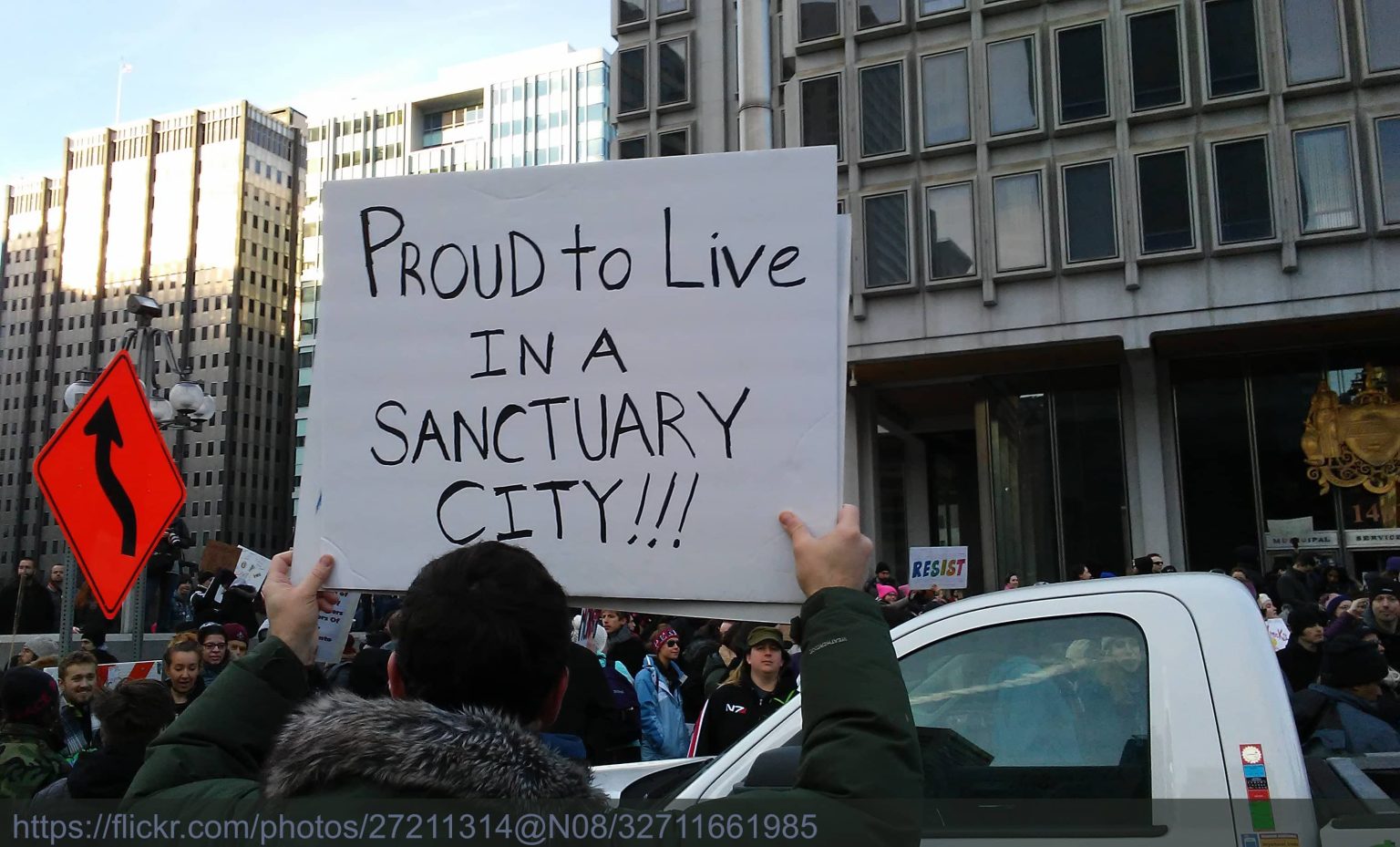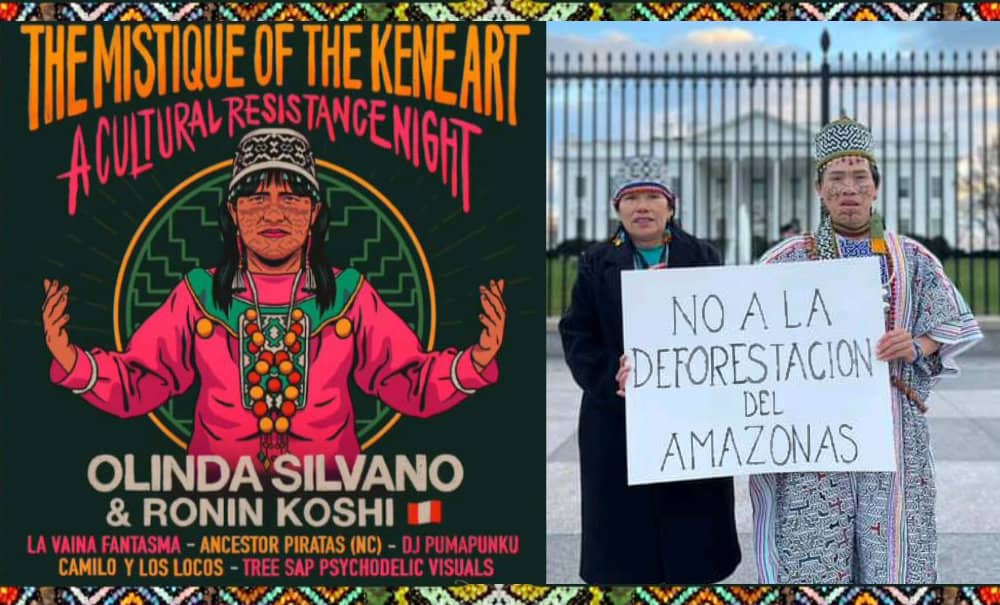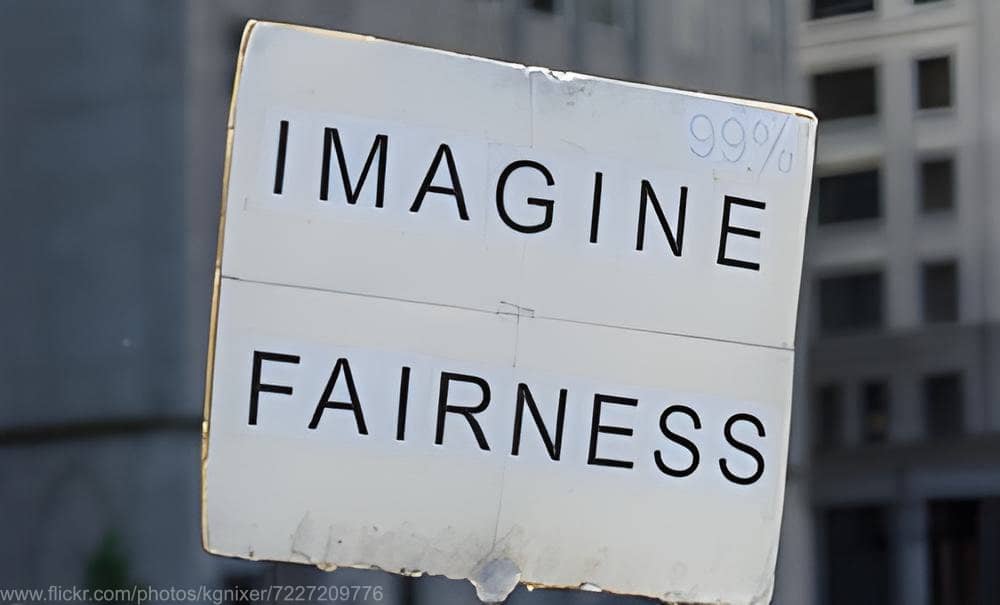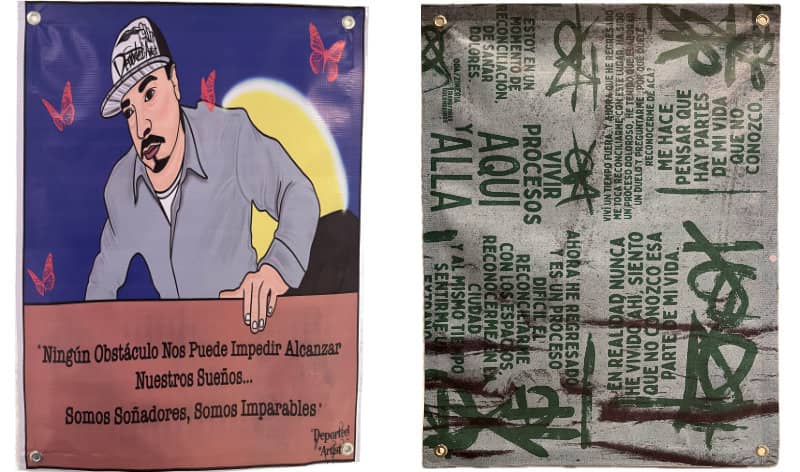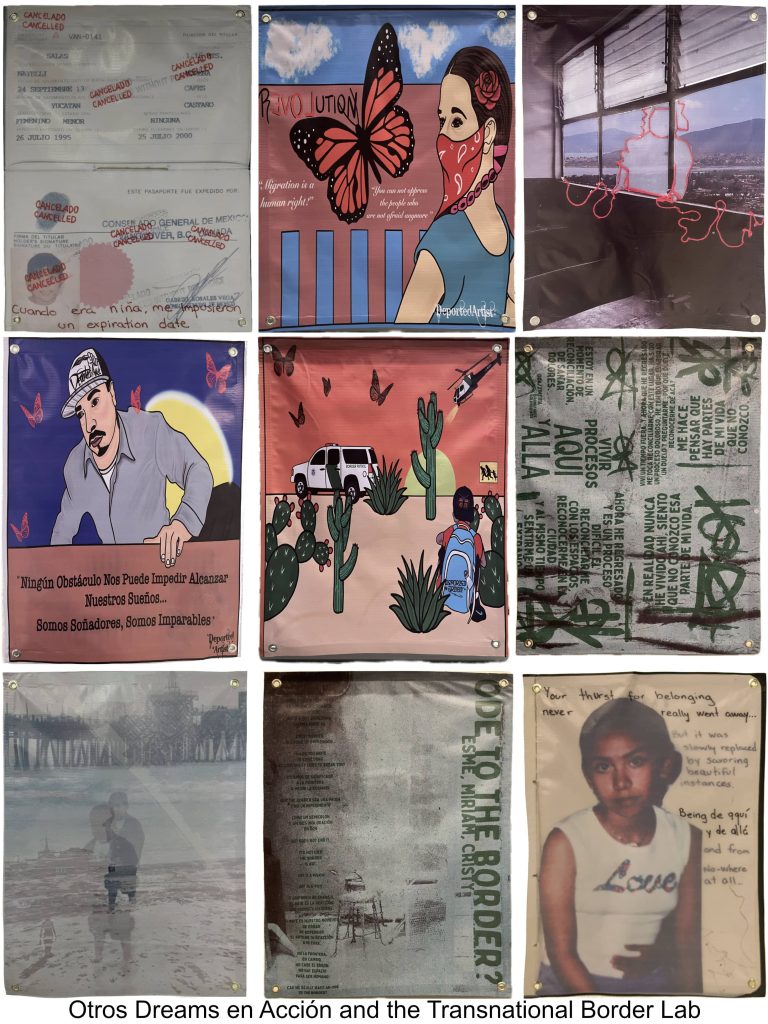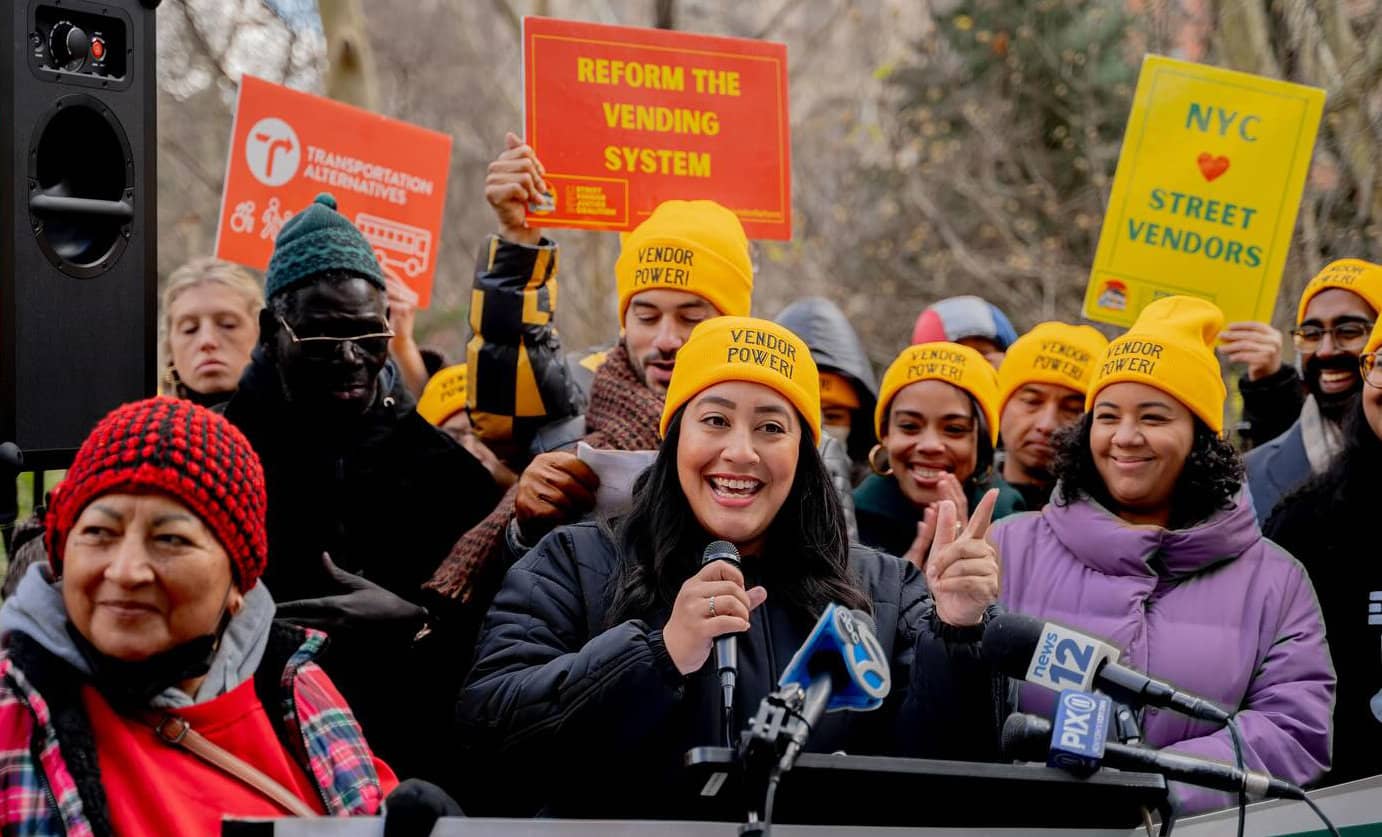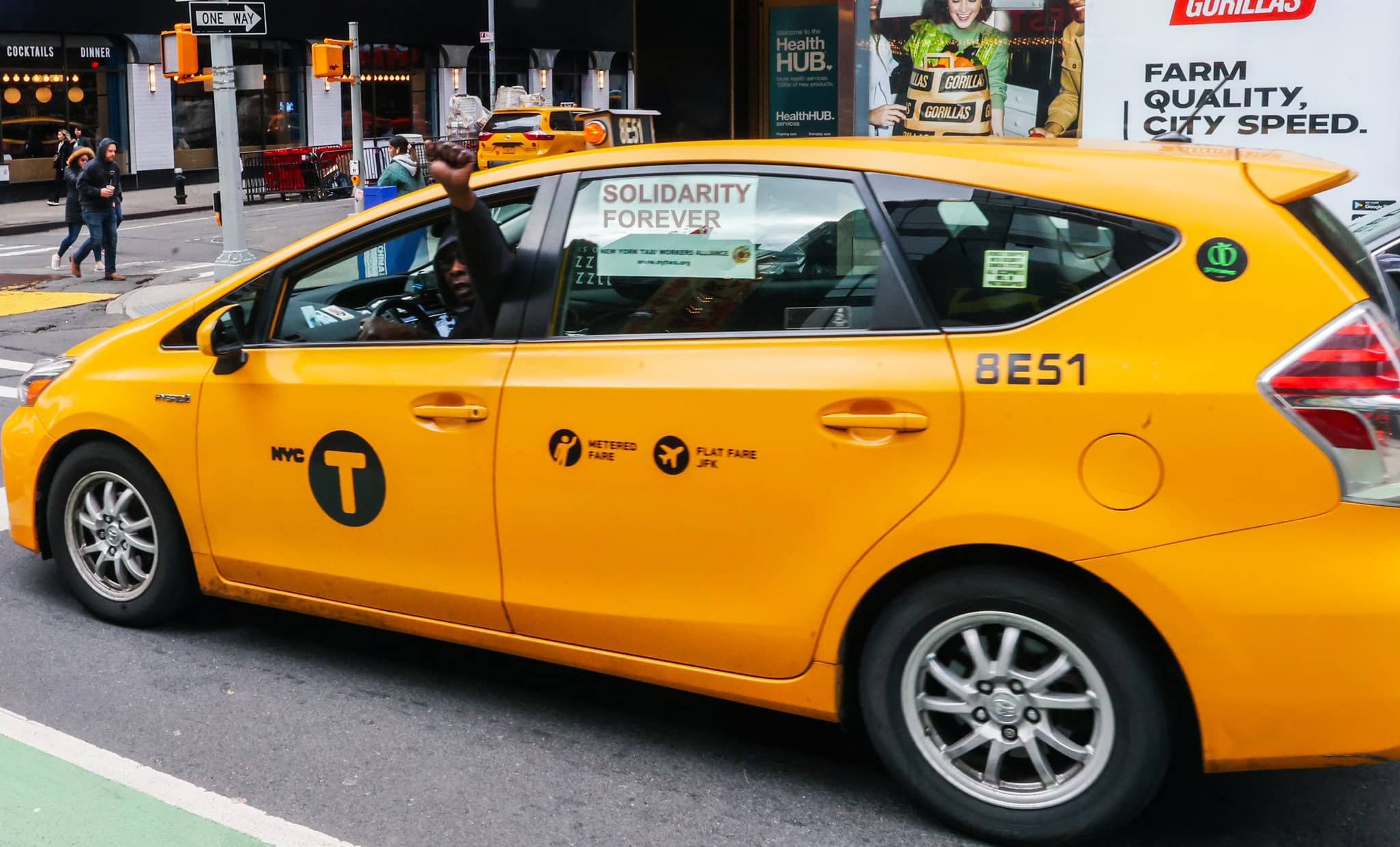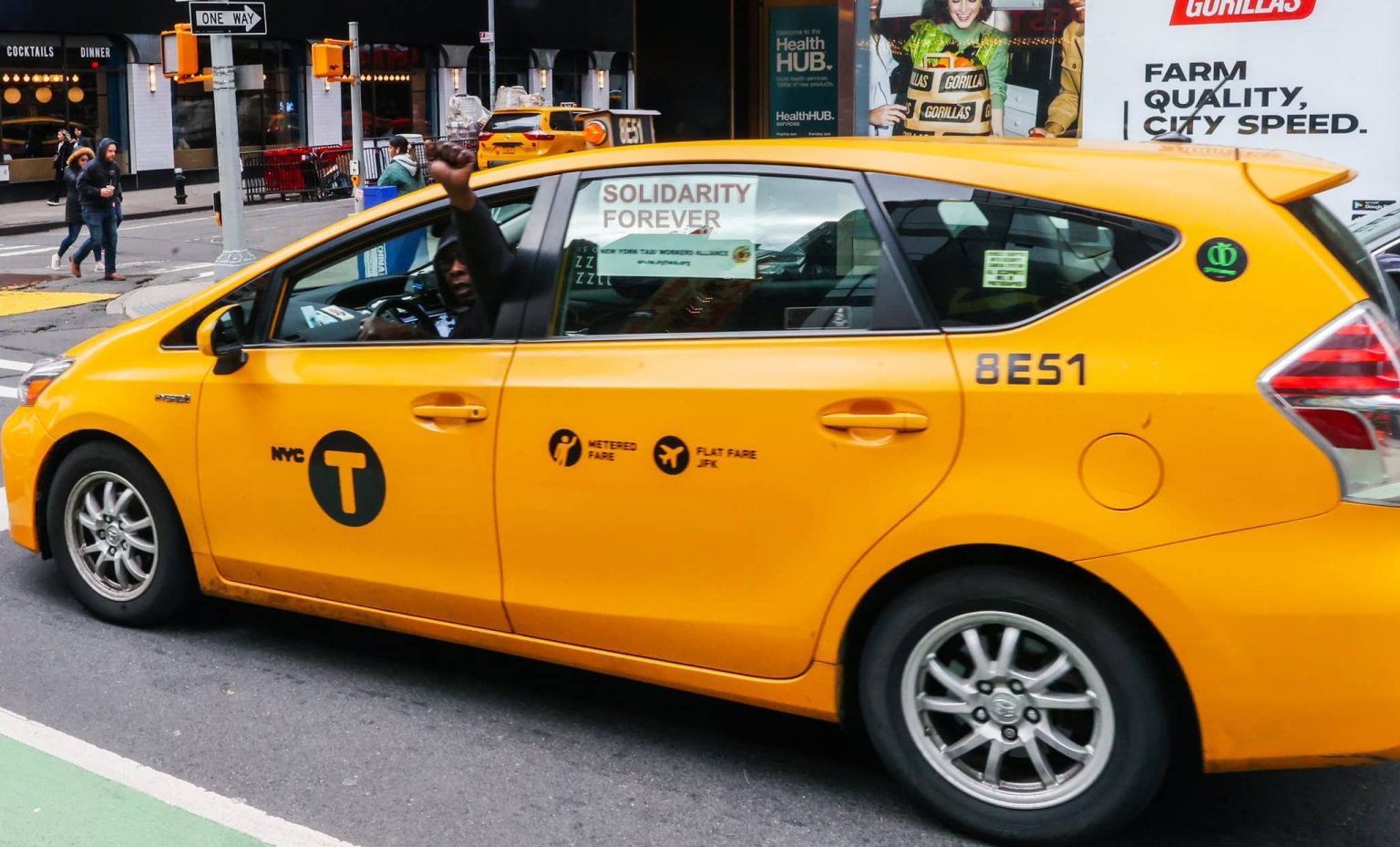
Dear friends,
For several years, JHISN reported on the anti-immigrant campaign of then-President Trump that mocked sanctuary cities and instead aimed to intensify surveillance, harassment, and deportation. Now, a Democratic mayor of New York is himself leading the charge to undermine the city’s decades-old commitment to legal sanctuary and urban refuge for recent migrants. This week’s newsletter offers an update on the cynical moves by the Adams’ administration to deny shelter and social supports to asylum seekers who are, literally, being left out in the cold by merciless new policies.
As we wrap up this newsletter, protesters are concluding a 24-hour vigil in front of City Hall demanding that the City Council vote for a ceasefire in Gaza. Nearly 70 US cities have passed resolutions calling for an immediate end to Israel’s military assault in the besieged territory, now in its fifth month. The slaughter of civilians, including 12,000 children, has turned into an unfolding genocide. And the blockade of food and water is turning into a forced famine, as over two million Palestinians are facing slow death from starvation and disease, amidst the unending risk of sudden death from Israeli bombardment and snipers. Support a ceasefire now!
Newsletter highlights:
- Mayor attacks sanctuary
1. Adams is Everything Abbott Wanted
When right-wing Texas Governor Greg Abbott started busing migrants to New York City in the summer of 2022, he was hoping to “own the libs.” He planned to challenge NYC’s “sanctuary city” declaration and its immigrant-friendly reputation, exposing them as a bunch of virtue signaling—a hypocritical pose that he figured would melt away when confronted with the arrival of thousands of asylum seekers.
In fact, as we have reported, grassroots community groups, public workers, progressive activists, and ordinary residents have risen to the challenge, welcoming migrants and offering aid. And the migrants themselves have shown incredible fortitude and resilience.
But Abbott scored a bullseye when it comes to our mayor. Eric Adams has played right into the Texas governor’s hands. Instead of welcoming migrants, as he solemnly promised to do, Adams now bullies and attacks them. His administration scapegoats asylum seekers, branding them as criminals. To complete his surrender to the Right, Adams has openly asserted that he wants to gut New York’s sanctuary city laws. “We can’t even turn [asylum seekers] over to ICE,” he laments.
Adams is doing everything he can to discourage asylum seekers, and to punish those who do make it to New York. In October, he made a trip to Mexico, Colombia, and Ecuador to “personally deliver a stern message to would-be migrants thinking of applying for asylum in the US and heading for New York City.” “There is no more room in New York,” he announced. Adams even had a flyer printed up for distribution at the US-Mexico border, telling asylum seekers—people fleeing violence and discrimination—that NYC, one of the richest cities in the world, doesn’t want them.
Adams’ abuse of asylum seekers already living in NYC is similarly aimed at discouraging migrants and positioning himself strategically at their expense. Embracing cruelty as a weapon of politics, the mayor is currently intent on forcing asylum seekers out of NYC shelters, As The City reports:
“Last fall the city began limiting adult shelter stays to 30 days, while beginning to dole out 60-day eviction notices to some migrant families with children. Families with children are now sent back to the Roosevelt Hotel for another shelter placement when their time runs out.
“For adults whose 30 days in shelter has run out, the wait for a new shelter placement can last more than a week, during which time people lining up outside the East Village site have limited access to showers, food, and even bathrooms. Once the site closes in the evening, 25% of respondents reported that they’d slept outside or on the trains, while 4% said a family member or friend took them in.
“About 67% of those surveyed said they had spent the night in a “shelter,” with many ending up at the city’s five overnight waiting rooms where people can rest on the ground or in chairs without cots.”
Astonishingly, the mayor is now trying to close down even these five bare-bones waiting rooms—last-ditch places that at least have bathrooms and protection from the weather.
For Adams, creating visible street homelessness or chaos among migrants isn’t a human tragedy—it’s the centerpiece of a cynical strategy. He hopes to not only force migrants to leave the city (and discourage new migrants from coming), but also to mobilize anti-immigrant sentiment and politics to his advantage. The mayor is trying to use homeless migrants—those who he literally is making homeless—to create a public spectacle of street disorder and budget cuts. He is creating conditions for the Right to manufacture xenophobic “quality of life” and “migrant crime” narratives.
“I’ve said this a couple of months ago, the visualization of this crisis is going to become aware for New Yorkers. We stated we were out of room. And the cost of doing this … it was a weight we could not continue to carry.” —Mayor Adams (The City, 2/16/24)
Eric Adams, mayor of a sanctuary city, has apparently calculated that it’s useful to position himself as the scourge of asylum seekers and the enemy of sanctuary. Disregarding his cratering support among Latinos, he seems to think that appeasing anti-immigrant racists and reactionaries is his best chance at getting reelected.
But New York is a city of immigrants, and most of us like it that way. And despite Eric Adams, asylum seekers are quickly becoming part of the fabric of the city. They’re cooking, driving, cleaning, vending, delivering food, providing care, building scaffolding, and hanging drywall. They’ve become integral to the city’s schools, advocacy groups, churches, workplaces. They are New Yorkers now.
WHAT CAN WE DO?
- Support grassroots groups that give direct assistance to migrants, such as African Communities Together.
- Know what NYC’s sanctuary city policies are actually about!
In solidarity and with collective care,
Jackson Heights Immigrant Solidarity Network (JHISN)
Follow @JHSolidarity on Facebook and Twitter and share this newsletter with friends, families, neighbors, networks, and colleagues so they can subscribe and receive news from JHISN.
